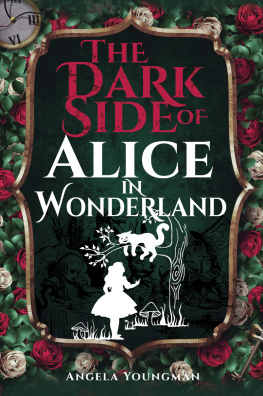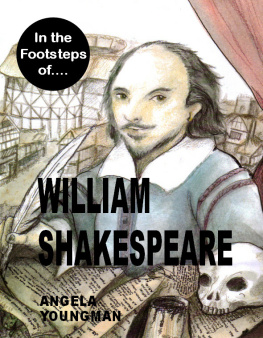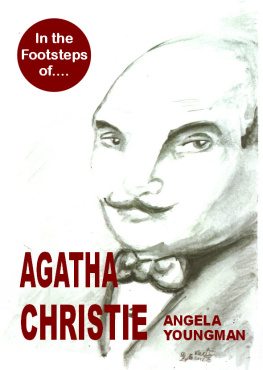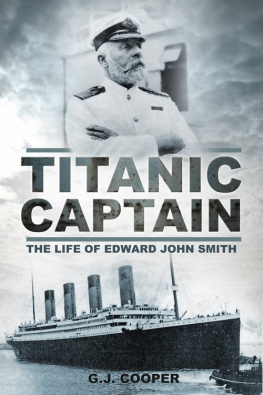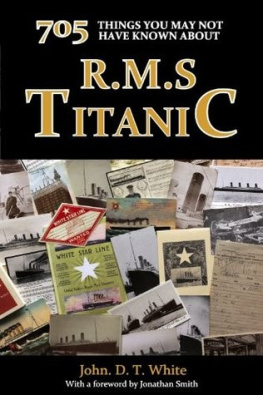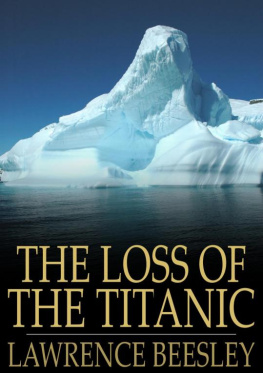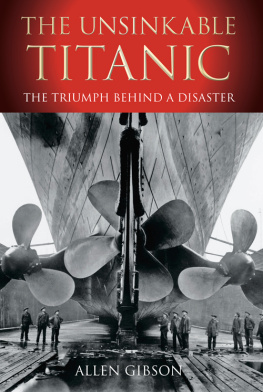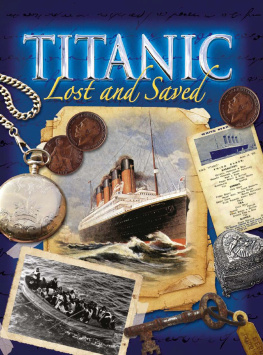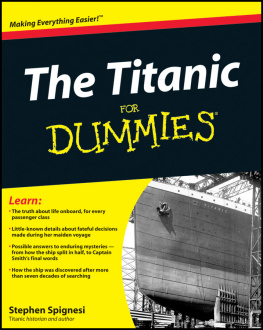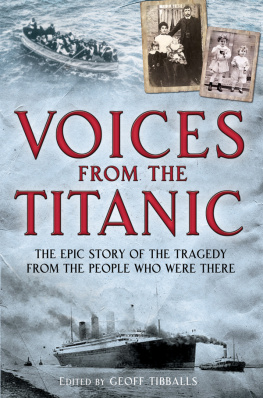About Angela Youngman

Angela Youngman is a full-time freelance writer, journalist, photographer and researcher. She writes regularly for a wide range of magazines, newsletters and websites. Specialist subjects include history, travel, walking, heritage, education, folklore and gardening.
In recent years she has written several books on walking, history and gardening. She particularly likes new ideas and combining several topics together. HerWalking with Kids, Travelling with Kids and a regional series on Walking with Legends combine history, folklore and walking with related activities for children. Other walk books include Kiddiwalks Norfolk.
Angela has developed a large garden from scratch that includes large areas to grow vegetables and fruit. The garden and fields are organic and a haven for wildlife. Her gardening books include Gardening A Beginners Guide and Green Roofs. She regularly gives talks to local gardening clubs.
She lives with her family and cats in rural Norfolk. Angela has a history degree from the University of Wales. She believes that learning should be fun, combining a mixture of practical elements, book learning and experiencing as many places and activities as possible.
The idea for the In the Footsteps of... series is partly due to the activities undertaken by Angela and her family. It also reflects a belief that history, literature, travel and films link together and make visiting places much more interesting.
About In the Footsteps of....

In the Footsteps of.... is a series of e-books on favourite authors and people from history or fiction. Each one includes information on the character and books; places associated with them; films, television, art and plays; plus locations of major films and television series. The information can help you visit places that influenced the development of the character and see where some of your favourite films and television series were made. Or you can just picture the places in your mind.
Each book combines history, literature, art and tourism with selected images and original art all in an easy-to-read format. Each book appeals to general readers looking for information about the subject or for ideas of where to go, as well as to students of literature, history, arts, drama and tourism.
The series is written and researched by Angela Youngman, a professional writer of travel and history books. The cover illustrations and original drawings are by her artist daughter Karis.
The current titles are In the Footsteps of.
Agatha Christie
Beatrix Potter
The Bront Sisters
Charles Dickens
Ian Fleming
Robin Hood
Sherlock Holmes
The Titanic
William Shakespeare
About Karis Youngman

Karis is Angelas daughter. Although still a student artist, she has already provided original illustrations and cover art for several books.
Her artistic inspiration comes from a mix of history, literature, film, fantasy, manga and famous illustrators including Arthur Rackham, John Howe, Charles Vess and Walt Disney.
Kariss ambition is to make a career from art and writing. She enjoys traveling the country to see places that she can sketch or gain inspiration from.
1: The Myth

S.O.S. by Karis Youngman
Ever since that fateful voyage in April 1912, the Titanic has caught the imagination of the world. It has achieved almost mythical status and become part of the English language. The images of a band playing on while the ship sank beneath the waves, the first SOS call, icebergs crashing into ships, lifeboats filled with women and children watching while their men died in the freezing water, as well as the countless tales of heroism are intensely memorable.
Given that there have been many other shipping disasters, the question arises why has the Titanic had such a result?
The answer lies in the sheer scope and drama of the story. So many people including rich and famous people died that night. There was romance husbands and wives preferring to die together rather than be split up. Then there were the claims made about the safety of the ship and the way these were proved wrong. It is also a reminder that the sea can be dangerous, that it should not be taken for granted.
The images are unforgettable. In 1912, the Daily Mirror quoted survivors saying her length and her great bulk was outlined in black against the starry sky. Every porthole and saloon was blazing with light. It was impossible to think that anything could be wrong with such a leviathan were it not for the continuous tilt downwards in the bow.
Ironically, the Titanic might have avoided the risk of disaster altogether if it had not been for the collision between the Olympic and HMS Hawke. The need for the Olympic to undergo repairs meant that it had to take the Titanics place in the dry dock at Belfast, thus changing the date of the Titanics maiden voyage.
Dr Robert Ballard of the Woods Hole Institute who discovered the Titanics remains in 1985 pointed out The Titanic will always continue to fascinate, because it is a tragedy worthy of Shakespeare himself. She was the largest moving object of her time, some claimed she was unsinkable, but in one of the greatest acts of hubris, she sank on her maiden voyage. It is a morality tale which could have come directly from Hollywood.
Many myths have sprung up about the tragedy and often are based on reality.
Shipping operators and sea captains had become complacent. Ships had become so technologically advanced that it was felt that accidents could not occur. In 1907, Captain Smith of the White Star line (and later captain of the Titanic) told the Boston Post that shipbuilding is such a perfect art nowadays that absolute disaster, involving the passengers is inconceivable. Whatsoever happens there will be time before the vessel sinks to save the life of every person on board. I will say that I cannot imagine any condition that would cause the vessel to founder.
When the Titanic was launched, it was described as being almost unsinkable. Its owners, the White Star line, pointed to the fact that the ship possessed electrically operated watertight doors controlled from the bridge, which could be used to seal off flooded areas. Unfortunately these bulkheads did not extend through all the levels of the ship so if water came in at one end, it could flow over the top of the bulkheads.
The Titanic was involved in a near collision as it left Southampton harbour. The amount of water displaced as the boat moved away from the quay caused the SS New York to break free from her moorings and move towards the Titanic. Only rapid action from a tug prevented an accident.
Captain Smith had been in charge of a sister ship, the Olympic, when it collided with HMS Hawke just off Southampton. HMS Hawke had been on a parallel course when it got sucked into the side of the Olympic. In a further incident in New York harbour, a tug became trapped underneath the Olympic while he was in charge.


